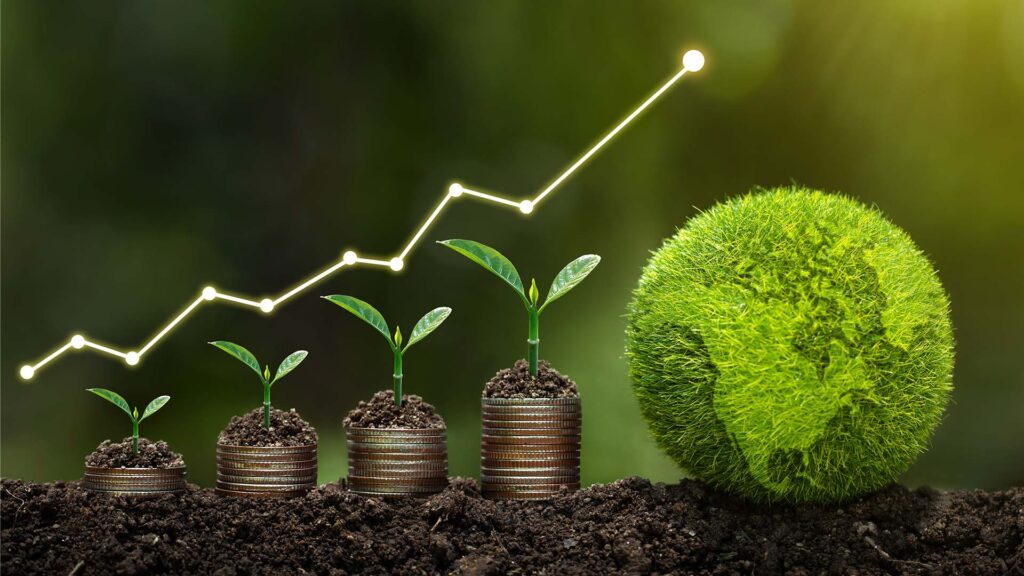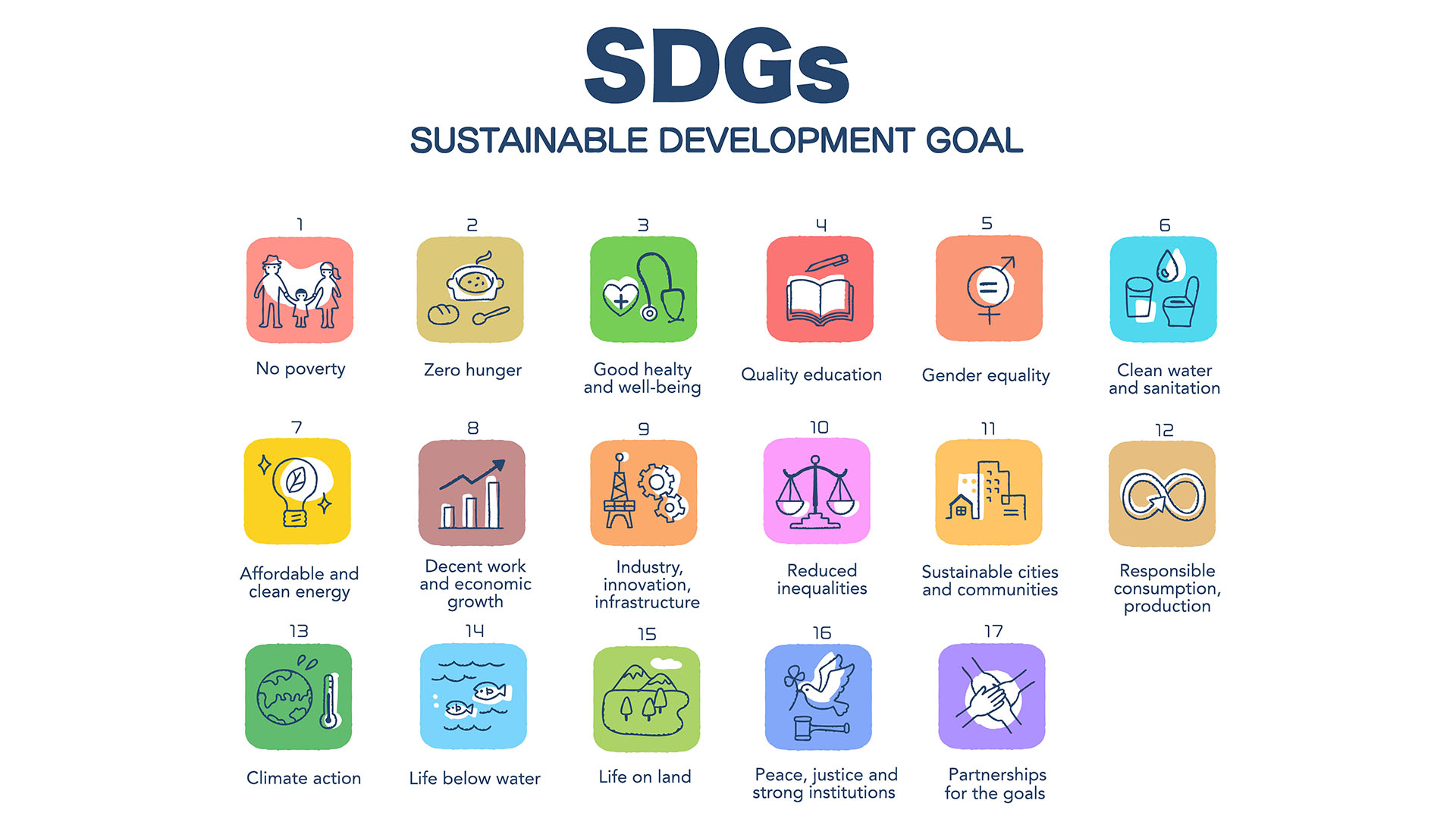As a PMO manager, you know that project portfolio management is all about finding the right balance between budget, timelines, resources and risks. But in today’s world, there’s an additional factor to keep in mind: sustainability.
Sustainable project portfolio management (PPM) means ensuring that the projects you undertake align with your organization’s sustainability goals and minimize their impact on the environment.
In this blog post, I’ll share with you:
- Why sustainable PPM is important, and its connection to the sustainable development goals (SDGs);
- Why PMOs are the perfect players to establish sustainable PPM and;
- How experienced PMO consultants can support you in establishing sustainable PPM.
Why Should You Work on Sustainable PPM?
One of the biggest benefits of sustainable project portfolio management is cost reduction. By prioritizing projects that,
- use energy-efficient equipment,
- implement recycling programs,
- and source supplies sustainably,
you can lower your utility bills and negotiate better pricing.
But sustainable PPM goes beyond just saving money. It’s an opportunity for you to help fix business models that focus only on short-term profits and ignore their impact on future generations.
The Power of the SDGs and the Global Indicator Framework
The Sustainable Development Goals (SDGs) are 17 global objectives set by the United Nations in 2015 to end poverty, protect the planet, and ensure prosperity for all.
Each of these goals is divided into smaller sub-goals, which all work together towards the main goal (like SDG 12: Ensure Sustainable Consumption and Production Patterns). Each of these sub-goals is juxtaposed with an indicator, which can be used to measure the overall completion of the SDG. You can find the complete overview here.
These goals provide a roadmap that organizations can use to align their project portfolios. Aligning with the SDGs has two advantages: first, you don’t have spend more time deciding on your organization’s goals and how to measure them because that’s already been decided. Secondly, you can be sure that your projects contribute to the global effort of sustainable development.
Aligning Your Project Portfolios with Sustainability Goals and SDGs
Project portfolios are how organizations turn their strategies into action. As such, they are one of the most powerful tools to achieve sustainability goals. And it is exactly for this reason that you should align your project portfolio with the SDGs.
- You can align your portfolios with the SDGs by, for example, mapping the SDGs to each project in your portfolio and assigning one or more SDGs to each project for clarity.
- Then, you can use the Global Indicator Framework to measure progress towards each SDG Target.
An example:
SDG 12 (Responsible Consumption and Production) is linked to target 12.5, which aims to substantially reduce waste generation through prevention, reduction, recycling and reuse. This can be measured by target 12.5.1, which is the national recycling rate in tons of material recycled.
A common problem is that people are simply not aware that the Global Indicator Framework exists and they stop at SDG level. For example, they would assign SDG 12 to the product development of a sustainable consumer good, but they would not take the next step and assign quantitative indicators (e.g. 12.5.1).
Because success is difficult to measure in this way, I would recommend always taking that next step.
If this is still not far enough, you can always add more complexity and efforts as you see fit. For example, you can structure programs around specific SDGs or introduce prioritization based on the individual contribution to the SDGs.
Leading the Way: The Role of the PMO
As a PMO, you understand the project world and report directly to the C-level in many organizations. This puts you in the ideal position to implement and develop sustainable project portfolio management. If you already have a PMO with adequate experience in your organization, you are well prepared to implement sustainable PPM.
If you don’t have a PMO, or the required know-how is missing in your organization, it can be helpful to work with experienced interim PMO managers. They can boost the speed and quality of your efforts for several reasons:
- Effective Communication
Effective communication and stakeholder engagement are critical to the success of sustainable PPM, and external consultants can bring fresh perspectives and added credibility to this process, enhancing both internal and external communication. - Formal Training
Formal training is very important for PM quality and PM consultants are often better trained than the available PM staff. Here, the knowledge of available PM tools and of methods to reflect SDGs in the project portfolio are most important. In cases where PM-Organization has very little PM training, the benefit of an external PM consultant who understands several PM standards and knows how to apply them will be most obvious. - Emotional Burden
All departments have their history. Especially in tense periods of change, an external consultant without any historical burden in the organization might find it easier to build bridges between people get people on board to drive sustainable portfolio management.
Summary
Sustainable project portfolio management is crucial for organizations to achieve the SDGs, reduce costs and align projects with sustainability goals. Using the SDGs as a guide and the Global Indicator Framework as a measuring tool is a straightforward approach to implementing sustainable project portfolio management. PMOs are ideally positioned to establish Sustainable PPM and expert interim PMO managers can assist or even lead this process. Let’s take action now to create a better future for ourselves and future generations.




